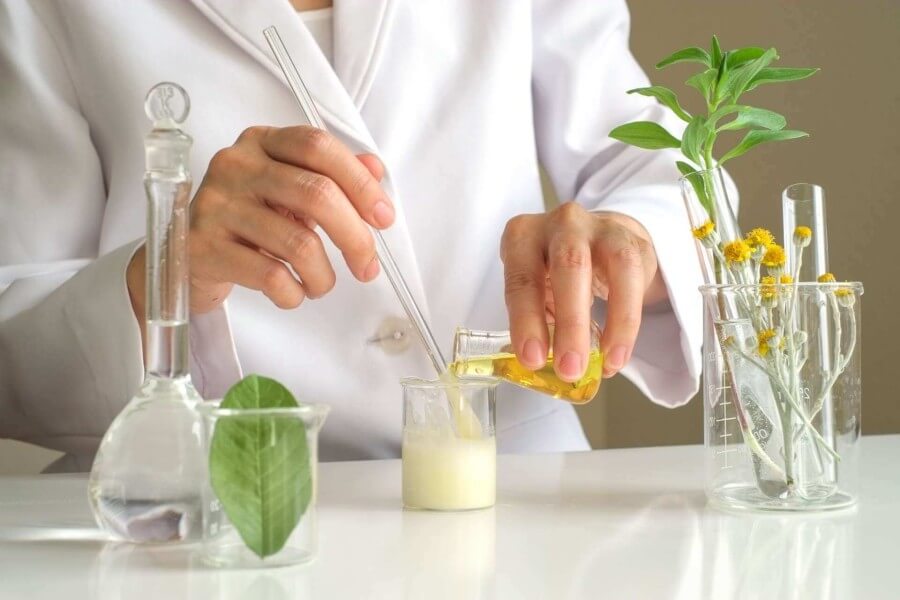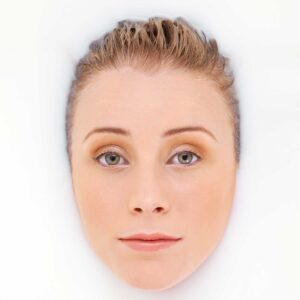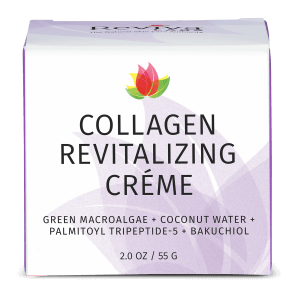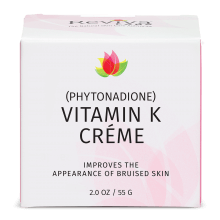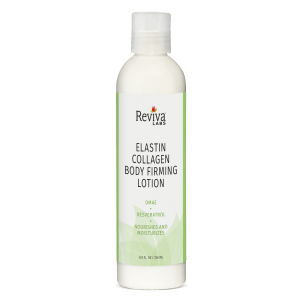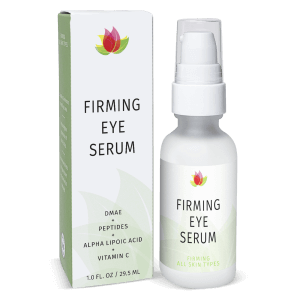-
×
 Multi-Factor Brightening Créme
1 × $42.00
Multi-Factor Brightening Créme
1 × $42.00
Clean Beauty, Reviva Labs, Skin Care
What’s the difference between a serum, gel, cream, or lotion?
Selecting the type of skin care product is a combination of personal preference and the results you’re looking to achieve. Broadly, skin care comes in only a few forms: serums, creams, gels, and lotions. Recently, balms or sticks, or oils have also risen in popularity. Ultimately the difference comes down to molecular density, viscosity, formulation (the balance between water and oils), and overall absorption.
Skin Care Serums
Serums are generally concentrated and contain higher percentages of key ingredients. Their overall density is low allowing for rapid absorption and deeper penetration. Therefore, serums are generally applied after cleansing or masking. Their thinner viscosity allows for quick dispensing and infusion into the dermis. Their lightweight density also allows them to permeate deeper making them a consistent favorite for most skin care consumers and professionals. Many serums have a thin watery consistency, but they can be thicker at times, though that might trespass into gel territory.
Skin Care Gels
Gels are generally slightly more viscous and denser than serums but are still easily applied and absorbed. They’re a bit more viscous and tend to hold their shape when dispensed. They share many properties with serums, allowing for higher concentration of key ingredients and rapid absorption. But they’re also more moisturizing as the gel consistency generally indicates a higher oil or emollient amount. So, they’re dual purpose, delivering key actives and allowing better moisturizing overall.
Skin Care Creams
Creams are generally mid-density overall and will include volumizing ingredients to make the product “fluffier” or will contain higher amounts of emollients and/or occlusives. Creams come in a wide variety depending on their intended results. But most will still absorb quickly but can also layer additional benefits. In addition to key actives and moisturizers cream all can include humectants, emollients, and occlusives – or all the above.
Skin Care Lotions
Lotions are less viscous creams. Lotions are generally intended for application over a larger area and therefor need to be more “spreadable” across the skin. Usually this means a higher water content and a slightly less dense formula to allow for easier application.
Skin Care Balms
Balms or sticks or solids have moved beyond lipsticks and deodorants and now entered the hair care and skin care worlds. There are several reasons this has been embraced, the elimination of water saves on weight and allows for the solid materials to be formed into different applicators. They can be push-up solutions or look like popsicles on sticks. The absence of water also lowers the risk of microbial growth substantially. And we can’t overlook the eco-environmental benefits – less water, less packaging, makes for a great green product.
Skin Care Oils
Oils are simply that – anhydrous formulas (meaning without water) so they’re generally a single oil or a combination of oils blended with additional active ingredients. Even though they’re oil based depending on the carrier oil most formulas are not greasy or oily at all. They absorb very well, especially since the strata corneum is lipophilic – so the oils help products to penetrate better. The higher density doesn’t translate into heavier or thicker formulas. Oil products can range from thin to thick depending on the oils used. But most tend to be serum like in their viscosity.
What type of product you choose, and use will depend on what you prefer? Some like creams while others desire all serums. Mixing and matching, known as layering, is also common practice and is Reviva’s recommended solution. This is when density and absorption rates factor into product application.
Serums generally go on first, as they’re the least dense and absorb quickly. Followed by gels or creams. Balms and solids are tantamount to thick or rich creams. And most are formulated with lower melting temperatures so they liquify at body temps to spread over and absorb into the skin. Lotions apply similarly to creams as well. Oils are usually last to apply, as their higher density allows them to “dissolve” through previously applied creams, to still absorb into the skin.
However, the basic premise of layering skin care is that by allowing time between applications – and providing ample time for product types to absorb – it is technically possible and perfectly fine to layer how you wish. There are some caveats of course – but if you give each product time to absorb the following treatments should be fine too. Everyone’s skin is different, so don’t fall into the trap of believing you have to do things in a rigidly specific order. Your skin care routine should be relaxing and enjoyable.



